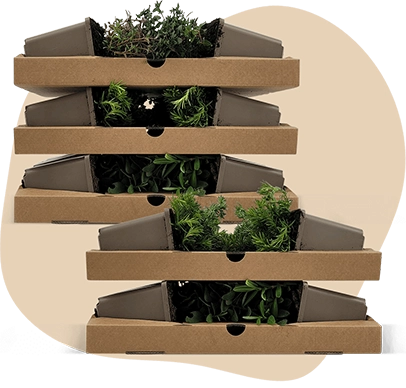Description
Rhus glabra 'Laciniata' C10 60-70 | Cutleaf sumac
The Rhus glabra 'Laciniata', commonly known as the Cutleaf sumac, is a distinctive shrub with an upright growth habit. This plant can reach a height of up to 4 metres, making it a striking addition to any garden. The leaves of the Cutleaf sumac are green, finely dissected, and have a unique, lacy appearance. Although not evergreen, this plant is known for its vibrant red autumn foliage. The Cutleaf sumac is relatively low-maintenance and produces small fruits that attract birds and pollinators. Its adaptability and hardiness make it an ideal choice for solitary planting or as part of a border.
Key Plant Characteristics of Rhus glabra 'Laciniata'
- Rhus glabra 'Laciniata' blooms in June and July with striking red flowers. These flowers are not fragrant but are attractive to butterflies, bees, and other pollinators.
- This plant thrives best in sunny or partially shaded locations, making it versatile for various garden settings.
- It is adaptable to all soil types as long as the soil is well-drained, ensuring optimal growth.
- The bark of Rhus glabra 'Laciniata' is smooth, complementing its upright growth habit.
- With its finely cut leaves and vibrant autumn colours, this shrub is a standout choice for any garden.
garden plants like Rhus glabra 'Laciniata' are ideal for attracting wildlife and adding visual interest to the garden.
Application of Rhus glabra 'Laciniata' in the Garden
- Rhus glabra 'Laciniata' is perfect for use as a solitary plant, adding a striking focal point to any garden. It can also be used effectively in borders, as edge planting, or in pots and planters on a terrace.
- This plant is winter hardy, tolerating temperatures as low as -40°C, making it suitable for various climates.
- It combines well with other plants, especially those that thrive in sunny or partially shaded areas. Consider pairing it with ornamental grasses or other shrubs for a diverse display.
- The greatest ornamental value of Rhus glabra 'Laciniata' lies in its elegantly dissected leaves and stunning red autumn colour, which attract birds and pollinators.
























